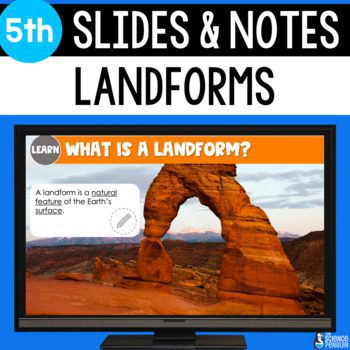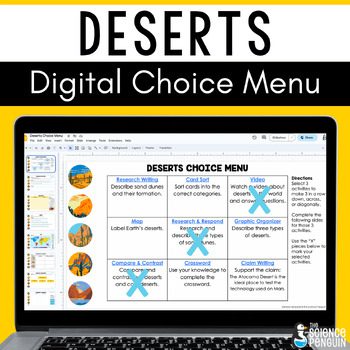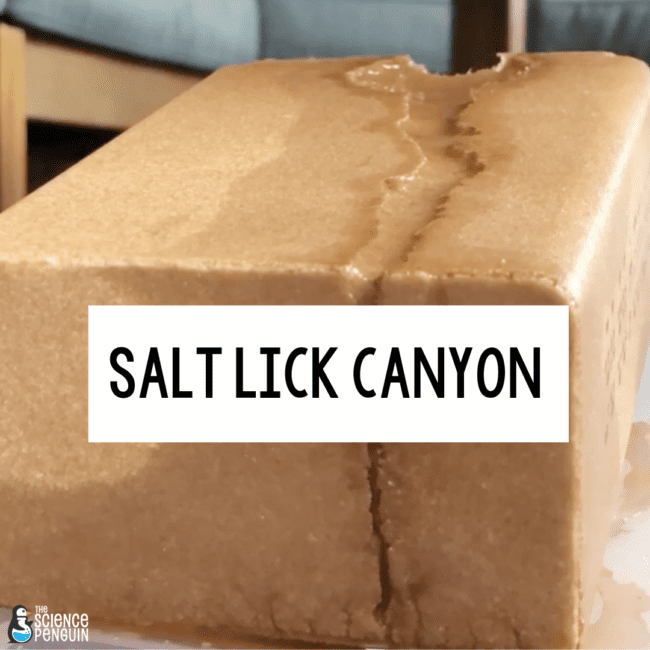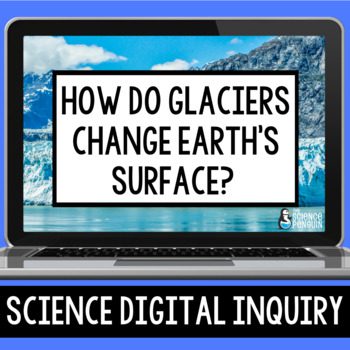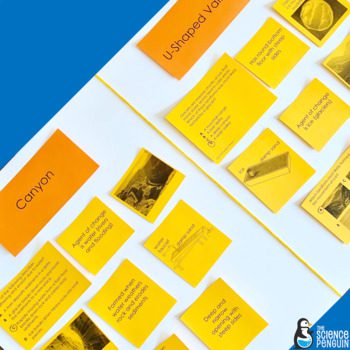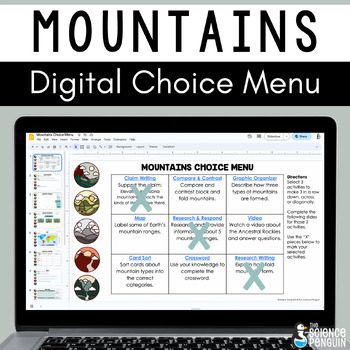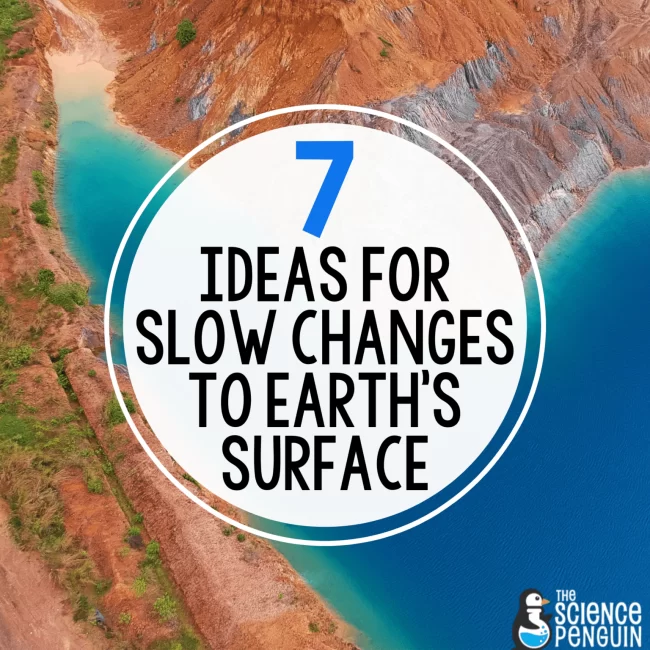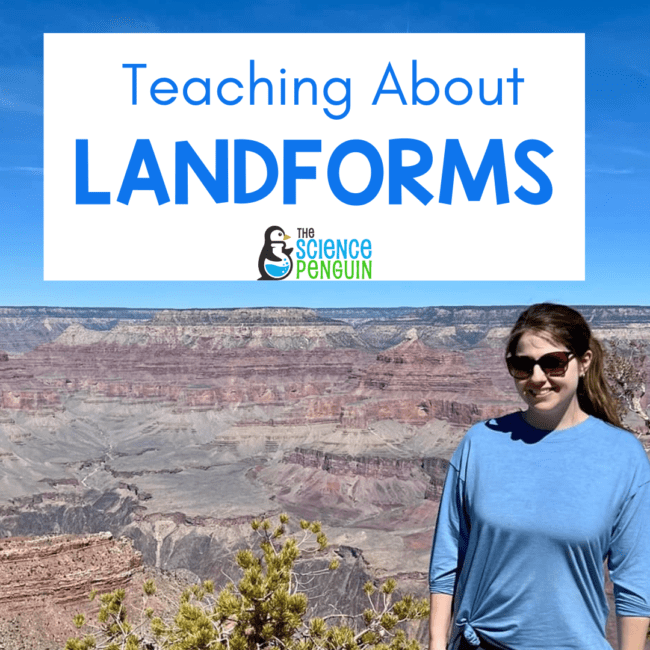
Ever wondered why the Grand Canyon is so, well, grand? Or why some valleys are U-shaped like a horseshoe rather than V-shaped like a pizza slice? Spoiler alert: It’s not because Mother Nature had a geometry quiz. It’s all about WED—Weathering, Erosion, and Deposition.
My Landforms Quest
Over the last couple of years, I’ve set out on a personal quest to explore all different types of landforms, and let me tell you, these adventures have radically transformed the way I design science activities. I’ve learned that the Grand Canyon (pictured above) really is that massive and compared it to smaller canyons like Fay Canyon in Sedona and Waimea Canyon on Kaua’i!
Ready to get into the nitty-gritty? Stick around for my favorite teaching ideas for landforms.
Deltas
Deltas come to life when rivers meet larger bodies of water like oceans or seas. As the river slows down at this meeting point, it can’t carry its sediment load anymore, so it drops off the sediments.
Over time, these dropped-off bits—mainly silt, sand, and clay—build up and create the flat, often triangular landform we call a delta.
Agent of change: water
Primary process: deposition

Try these teaching tools:
“I LOVE using these slides by Science Penguin! The slides are always easy for students to follow along with and not overwhelming with information. It led to some great conversations with my students about how landforms are created.” -Kaitlyn
Landforms Test Prep Task Cards
“We used this resource to review for state testing, and I was very impressed by the level of rigor these task cards had. They were very helpful in engaging students in a discussion rather than just quickly selecting an answer.” -Stephanie
Sand Dunes
Sand dunes are basically Mother Nature’s sandbox art. When wind blows across loose sand, it pushes the grains along until they hit an obstacle or simply can’t go any further. These tiny grains of sand accumulate, forming the wavy hills of sand we know as dunes.
Agent of change: wind
Primary process: deposition

Here are some teaching tools I love:
Do your students like to choose how they learn? If so, they will love the Deserts Digital Choice Menu Board. This activity focuses on sand dunes and types of deserts.
Desert Landforms Article and Questions
Let’s read to learn! This 2-page science article describes desert landforms including arches, mesa, buttes, plains, pedestals, and sand dunes. Follow up with the included comprehension questions!
Canyons
Canyons are like Earth’s long-term art projects, created by the persistent handiwork of rivers, rain, and wind. Rivers play the lead role, cutting through rock over time, while rain helps by triggering erosion and wind chips in by sculpting the edges.
The result is a deep, steep canyon that shows just what nature can do when it really commits to a project.
Agent of change: water (and wind)
Primary processes: weathering and erosion
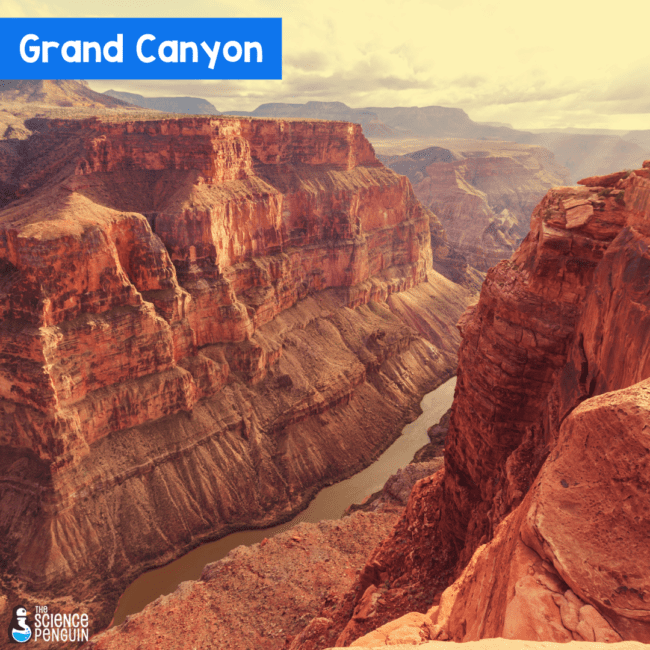
Try these teaching tools:
You can set up a cool demo over a few hours using a salt lick and something that will allow water to drip. I used a water cooler that was just slightly open allowing a slow drip. I’ve heard of some teachers using an IV!
“This was a great way to wrap up erosion before our test. I loved that this really gave students an opportunity to test their knowledge independently, and I was able to see where reteaching was needed. My students really loved these stations and it was a fun and interactive day.” -Cassandra
U-shaped Valleys
U-shaped valleys are like Earth’s natural amphitheaters, crafted not by rivers, but by glaciers. As glaciers move downhill, they scrape and gouge out the valley sides, acting like nature’s bulldozer.
Over time, this process carves out a broad, U-shaped valley, leaving behind a scenic masterpiece.
Agent of change: ice
Primary processes: weathering and erosion
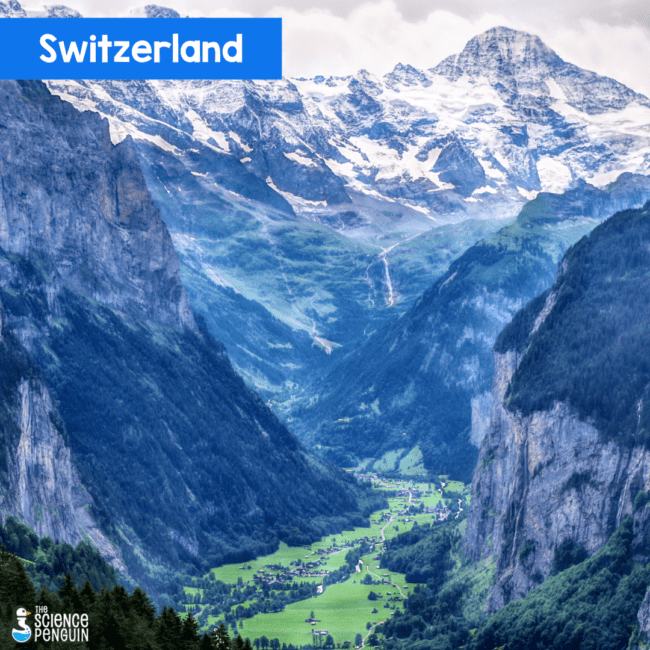
You might like these teaching tools:
How Do Glaciers Change Earth’s Surface Digital Inquiry
“Excellent resource! I loved that the students used multiple sources to learn about Glaciers! I really love these digital inquiry lessons!” -Katherine
Comparing U-Shaped Valleys and Canyons
I have found that many students benefit from support in a positive small group setting where they are free to ask questions and where I can address misconceptions. The activities are specifically designed to quickly improve vocabulary and content knowledge related directly to the Student Expectation from the TEKS.
Mountains
Mountains are Earth’s original skyscrapers, but they don’t owe their grandeur to weathering, erosion, or deposition—those processes just give them a little touch-up. Instead, mountains form when tectonic plates beneath the Earth’s surface decide to throw a wrestling match, pushing against each other until the ground is forced upward.
So, while weathering, erosion, and deposition might shape their features over time, remember: it’s the tectonic action that sets the stage for these majestic peaks.
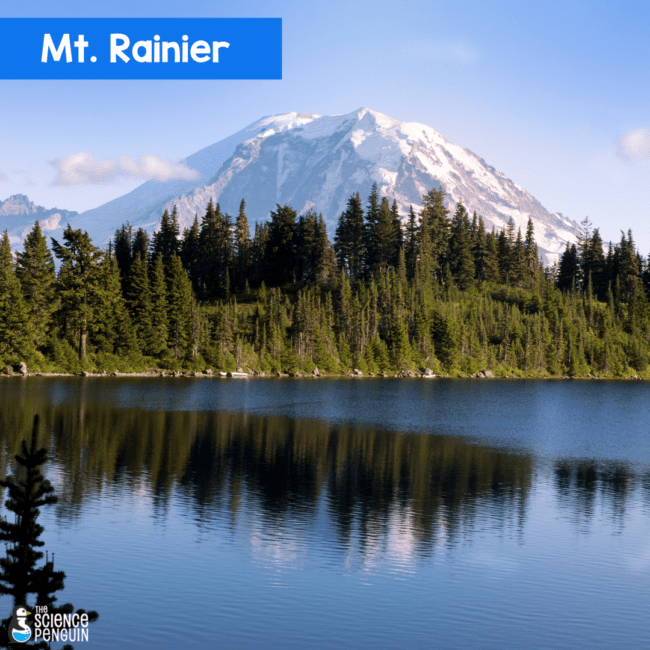
You might like these teaching tools:
Do your students like to choose how they learn? If so, they will love the Mountains Digital Choice Menu Board. This activity focuses on the different types of mountains and how they are formed.
Head to Google Earth for a close-up look at landforms!
“WOW! This was everything I hoped it would be and more. Everything was fantastic and my class and I enjoyed using this and discussing it. It was the perfect resource for our Landform Unit!” -Amie

